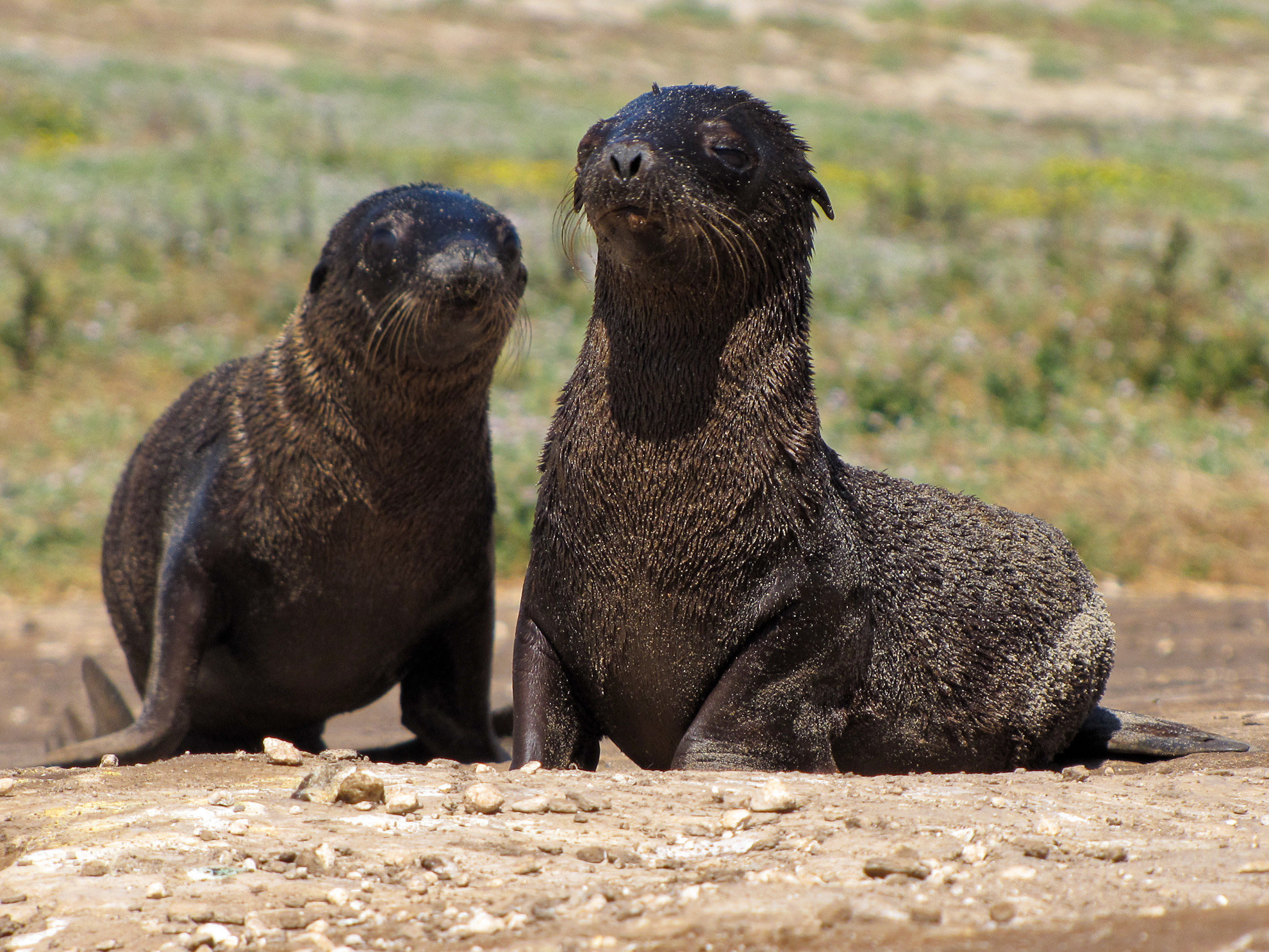Erosion due to extreme weather and harsh storms is a serious problem globally, but especially on Florida’s coasts. Luckily, volunteers and interns at the Philip & Patricia Frost Museum of Science in Miami are hard at work ensuring that the vegetation and pollution on Virginia Key are kept in check.
Virginia Key: A Hidden Gem
Virginia Key, a small island off the coast of Miami, is a beautiful escape for locals. Just a ten minute drive from mainland Miami, the key offers beaches, kayaking, bike paths, and parks, and hosts the University of Miami’s Rosenstiel School of Marine, Atmospheric, Earth Science, the headquarters of NOAA’s Southeast Fisheries Center and their Atlantic Oceanographic and Meteorological Laboratory. However, because the key is small and covered mostly in beaches, it is especially vulnerable to a variety of environmental and anthropogenic factors that threaten the benefits it offers.
Meet Chloe!
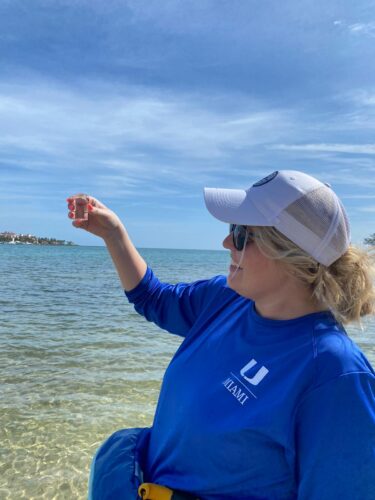
Chloe Jacobson is part of a team at the Frost Museum working to restore Virginia Key beaches in the face of these threats. Chloe is a SWMS member in the University of Miami chapter who started her journey at the University of South Carolina, where she graduated with a Bachelor of Science in Marine Science. There, she also studied geography, concentrating on coastal resource management and marine policy. Currently, Chloe is a second year Masters of Professional Science student at the Rosenstiel School, where she is studying Marine Conservation.
As part of her degree, Chloe works as a Restoration Technician Intern in the Museum Volunteers for the Environment Program at the Frost Museum. Her project focuses on studying microplastic concentration and distribution on Virginia Key.
What do the museum volunteers do?
Volunteers and interns like Chloe head to Virginia Key a few times a week to work in the field, restoring the beach habitats there by removing or planting vegetation. They spend most of their time at Virginia Key Beach North Point Park, which is especially vulnerable to habitat destruction due to climatic events and harsh storm action. Chloe works on the beach dune ecosystem to establish strong shorelines, an effort that is becoming increasingly important as rising sea levels threaten our coastlines.
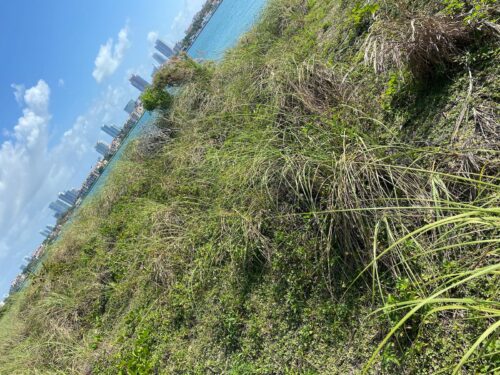
What are sea oats? And how do they help the environment?
The primary way that Chloe and the other Frost interns and volunteers are protecting the Florida coast is by planting more native species and removing nonnative species that threaten the success of ecologically important plants. They especially work hard to remove invasive Australian pines (Casuarina) from Virginia Key and to plant the critically important sea oats (Uniola paniculata), which stabilizes the dune by catching sand and protecting against erosion.
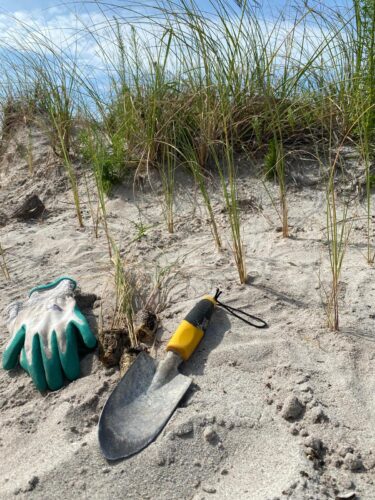
Microplastics on Virginia Key
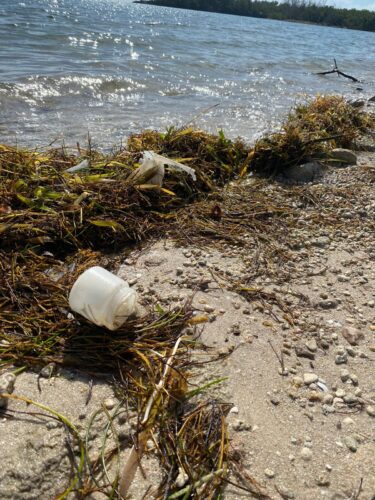
Chloe’s focus is on microplastics, or small pieces of plastic under 5 mm. She collects weekly samples from the sand and water throughout Virginia key and looks at different sizes of five types of microplastics. Her final report will be published in May, when she graduates from the Rosenstiel School with her Masters in Marine Conservation!
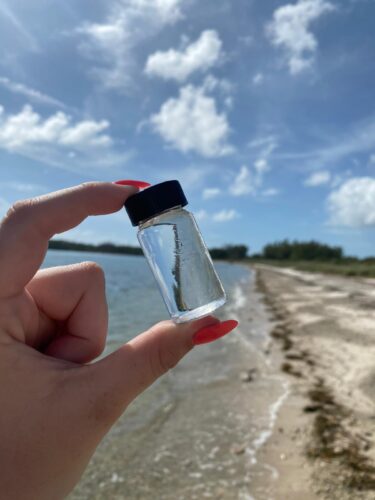
Find Chloe on LinkedIn
